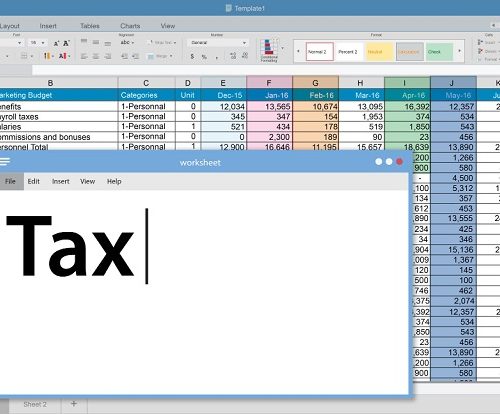Prime numbers have fascinated mathematicians for centuries. And this article will explore prime numbers from 1 to 100 and the patterns and rules governing their divisibility. By understanding these rules, you can gain valuable insights into the properties of prime numbers and improve your problem-solving skills in number theory. So, embark on this mathematical journey and discover the secrets of prime divisibility.
The Fundamental Definition of Prime Numbers
You must be well-informed about the basic definition of prime numbers. They are natural numbers greater than one that has no divisors other than one and itself. Some examples from the list of prime numbers from 1 to 100 are 2, 3, 5, and 7 because they are only divisible by one and the number itself. When it comes to numbers like 4, 6, 8, and 9, they are not prime because they have divisors greater than one and the number itself.
Divisibility Rule for Prime Number: 2
The first number you will encounter is 2, the only even number. Solving divisibility by two is relatively easy. Since it can be divided by 2, any even number greater than two is not prime. Therefore, the divisibility rule by 2 requires that every prime number greater than 2be odd.
Divisibility Rule for Prime Number: 3
A number can be divided by 3 if the sum of its digits can be divided by 3. For instance, you can take the number 123. Its total number of digits is 1 + 2 + 3 = 6, which can be divided by 3. As a result, 123 can be divided by 3. Conversely, the sum of the digits of 124 is equal to 1 + 2 + 4 = 7, which cannot be divided by 3. Therefore, 124 cannot be divided by 3. This pattern works with any number. This method can be used to determine whether a prime number greater than 3 can be divided by 3.
Divisibility Rule for Prime Number: 5
The prime number 5 introduces another simple divisibility rule. Any number ending in 0 or 5 will be divisible by five. Therefore, if you want to know whether a prime number greater than 5 can be divided by 5, you only need to look at its last digit. If the last digit is 0 or 5, it means the number is divisible by 5; otherwise, it is not.
Divisibility Rule for Prime Number: 7
The rule for dividing by 7 is more complicated than the previous one. This rule says if you double the last digit of a number, subtract it from the rest of the number, and the result is divisible by seven; then the original number is also divisible by 7. For example, you can take the number 322. You can double the last digit to attain 2 x 2 = 4. In case you subtract four from the remainder, you get 32 – 4 = 28. Since 28 can be divided by 7, then the original number 322 is also divisible by 7. But if the number cannot be divided by 7, then the original number is also not divisible. Another divisibility rule of 7 involves flipping the digits in a numeric format and then subtracting the last digit twice from the remaining flipped digits.
Conclusion
Understanding the rules and laws of divisibility of prime numbers from 1 to 100 can help you to identify them quickly and efficiently. Applying these rules lets you determine whether a number is prime without checking all possible divisors. Rules such as 2, 3, 5, 7, and 11 provide valuable insights into the properties of these numbers, allowing you to solve number theory problems more efficiently.






